The Philippines offers a wealth of diving opportunities – here RICHARD SMITH shares some of his favourites
For many years, the diving scene in the Philippines played second fiddle to Indonesia, but with so many great all-rounder destinations throughout the archipelago, the nation was soon on its way to becoming the big Asian dive destination of the moment.
The diving is extremely varied across the country, attracting divers in search of animals both little and large, spectacular coral reefs and great wreck-diving. Here I’ll share my four favourite destinations, though they are just the tip of the iceberg in terms of what the Philippines has to offer.
Also read: Puerto Galera’s Dive-sites Given All-clear
ANILAO, south-west Luzon Island
Anilao is the Philippines’ answer to Lembeh Strait, where multitudes of fascinating muck-dive critters await the sharpest of eyes. There is a plethora of accommodation options all along the richly forested headland, which is just a few hours’ drive from Manila on the island of Luzon.
Because of its proximity to the capital, and international airline gateway, it’s a great add-on destination for another dive location in the country, but also a great dive-spot in its own right. The dive-sites include intriguing soft coral and sponge reefs, black sand and rubble slopes. For the non-initiated diver, this might sound like a terrible collection of sites, but of course for muck-dive aficionados these are some of the richest substrates.
Anilao accommodates many of the usual muck-dive suspects such as hairy frogfish, seahorses, mandarinfish and even the rarer Rhinopias scorpionfish, Coleman shrimps, mimic octopus and other treats. Anilao and Lembeh Strait are, however, rather different. I have been to Lembeh Strait many times, but in Anilao I saw quite a number of species I had never seen before.
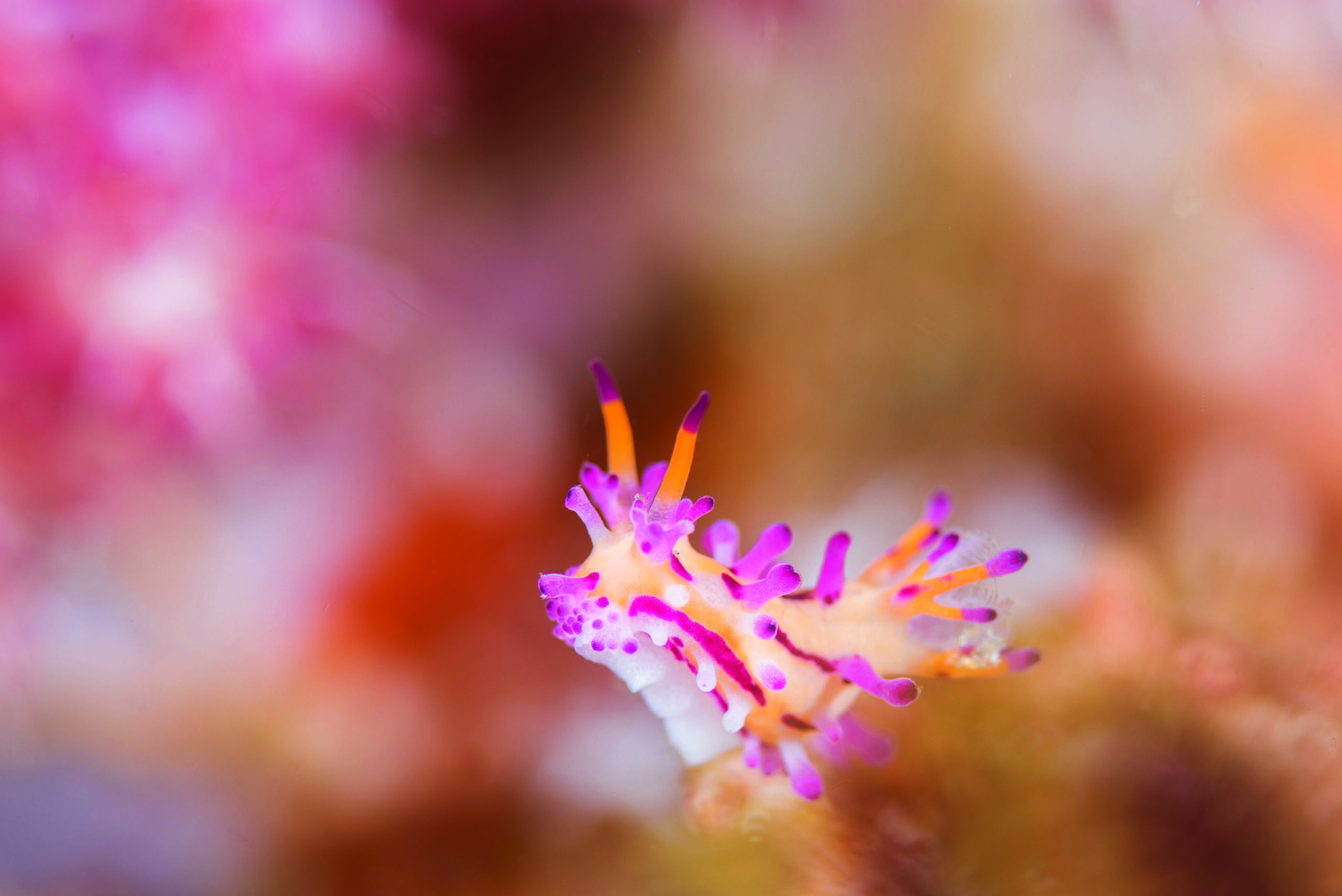
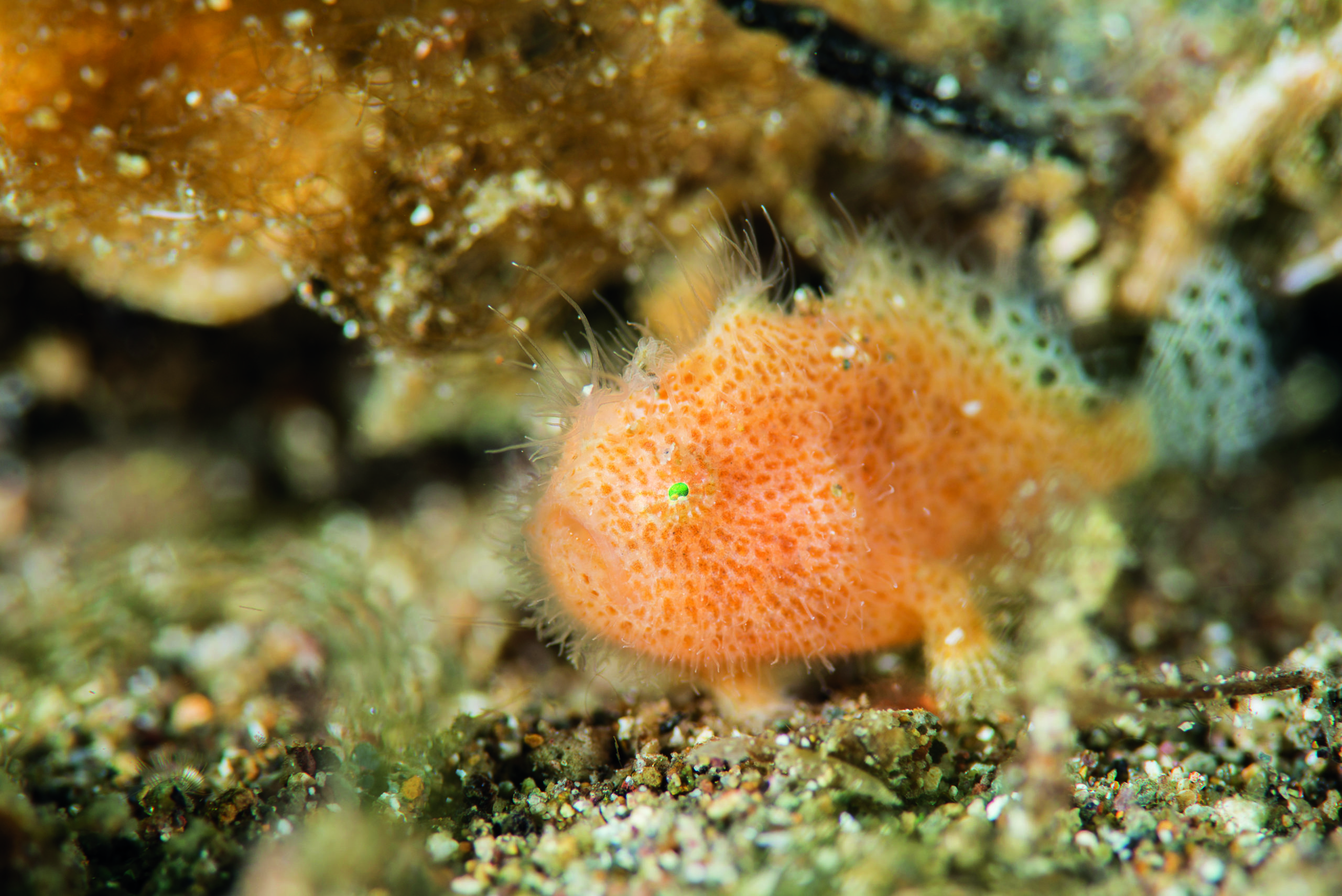


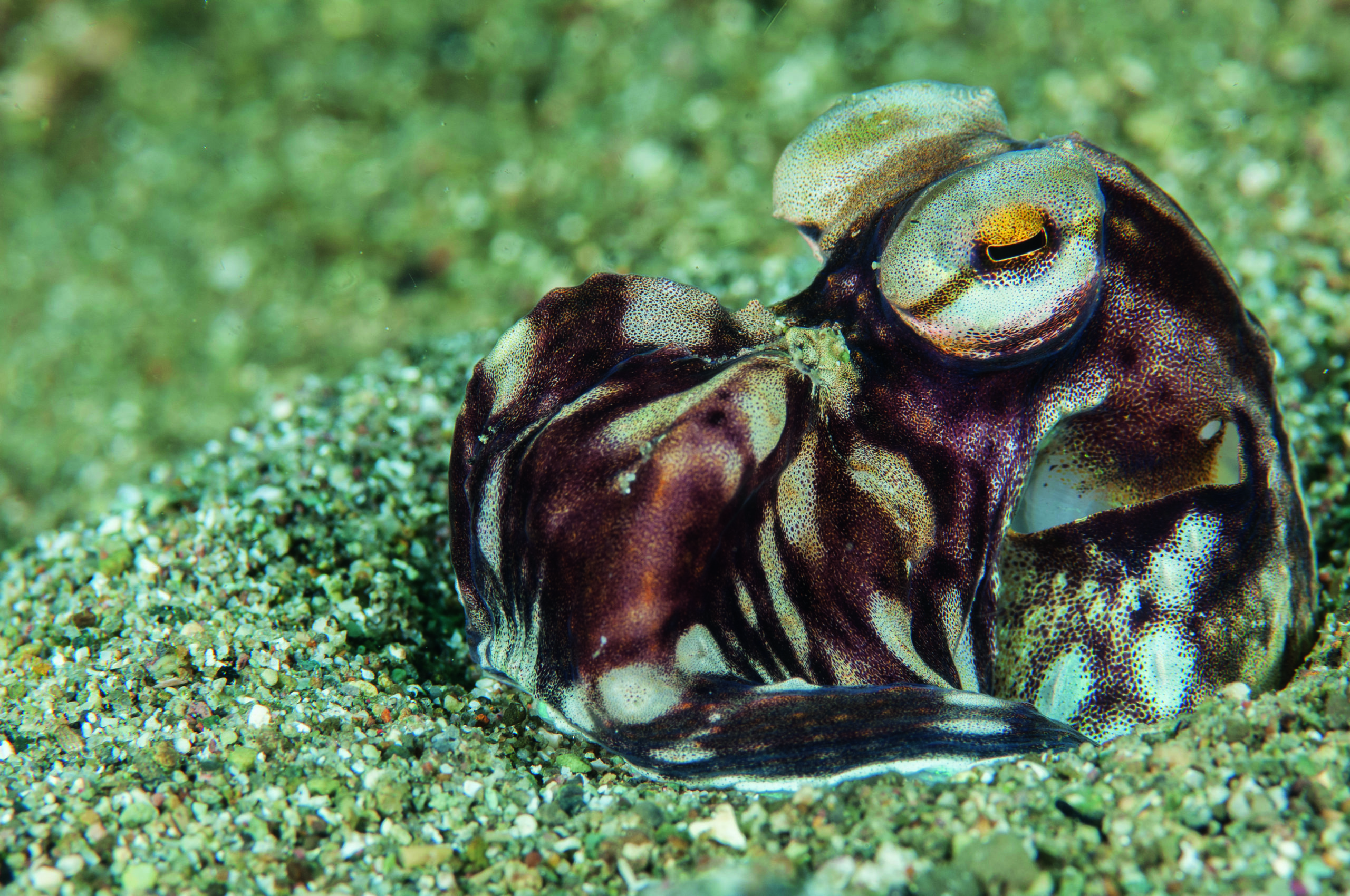
One group that seems particularly well represented in Anilao is nudibranchs. I saw many species I had never even heard of beforehand, and many that I had seen only in pictures. One, Allen’s Ceratosoma (Ceratosoma alleni), I had been hunting for years but never had the fortune of finding. On one dive in Anilao I saw three chomping their way through a glade of the soft corals that they mimic and feed upon.
Dives are generally done from local-style outrigger boats, which quickly and easily navigate the waters between the mainland and some of the other sites on neighbouring islands. Night dives are great in the area and offer various highlights, from mandarinfish on the resort’s doorstep to black sand and silty sites that have resident Bobbit worms and the like. Muck-divers will undoubtedly love Anilao.
PUERTO GALERA, Mindoro Island
Puerto Galera is another location that is easily accessed from Manila. It is just a couple of hours by car to the port of Batangas, where you meet a boat to take you on the last hour of the journey over to Puerto Galera on the island of Mindoro.
I stayed at Atlantis Resort and was shown the great variety of local sites while being based at its lovely ocean-fronted resort in the heart of the main town. Puerto Galera is quite a bustling place and has many shops, dive resorts and bars. It is quite a contrast to some other dive areas, but fun and full of energy.
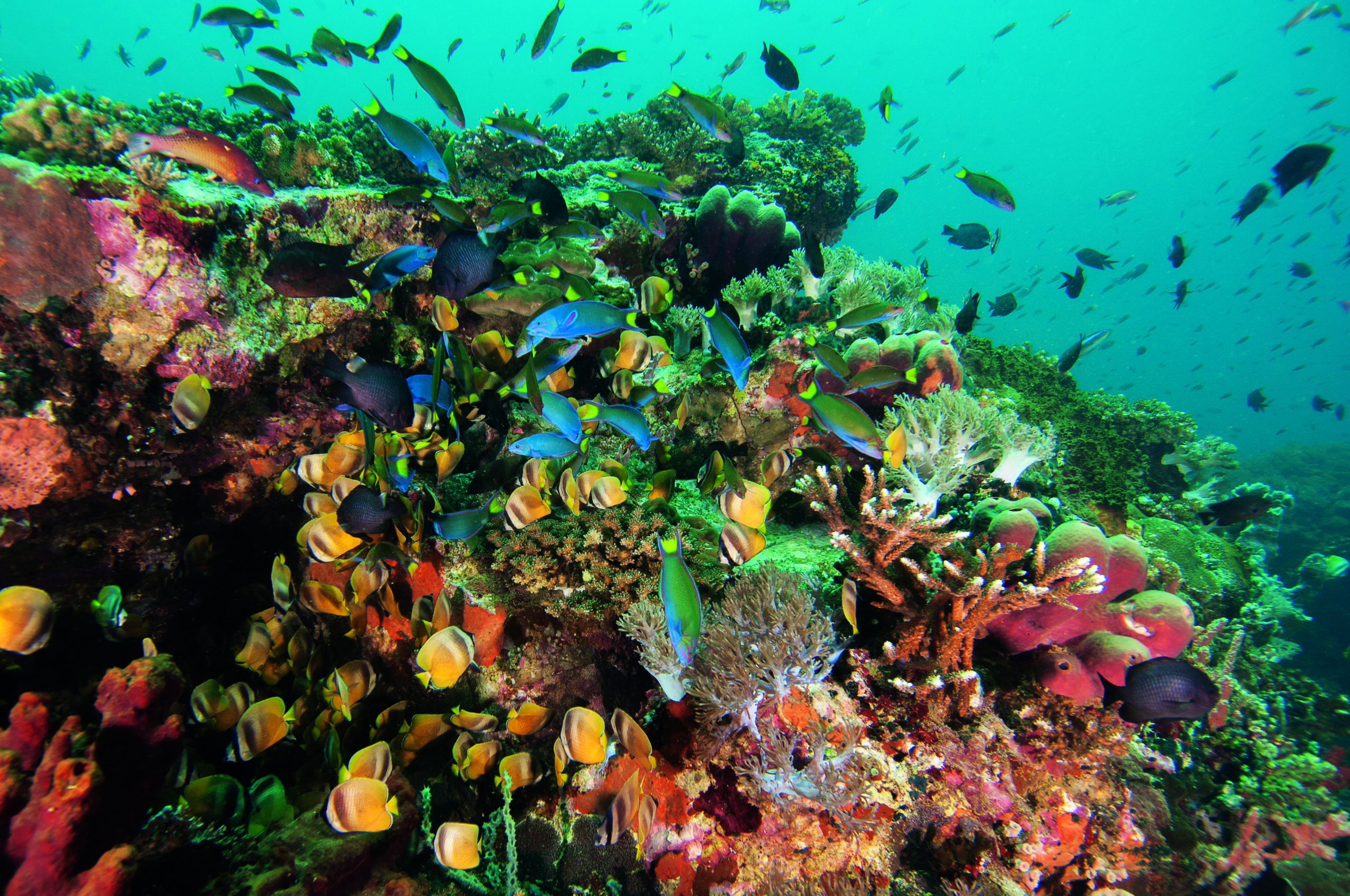
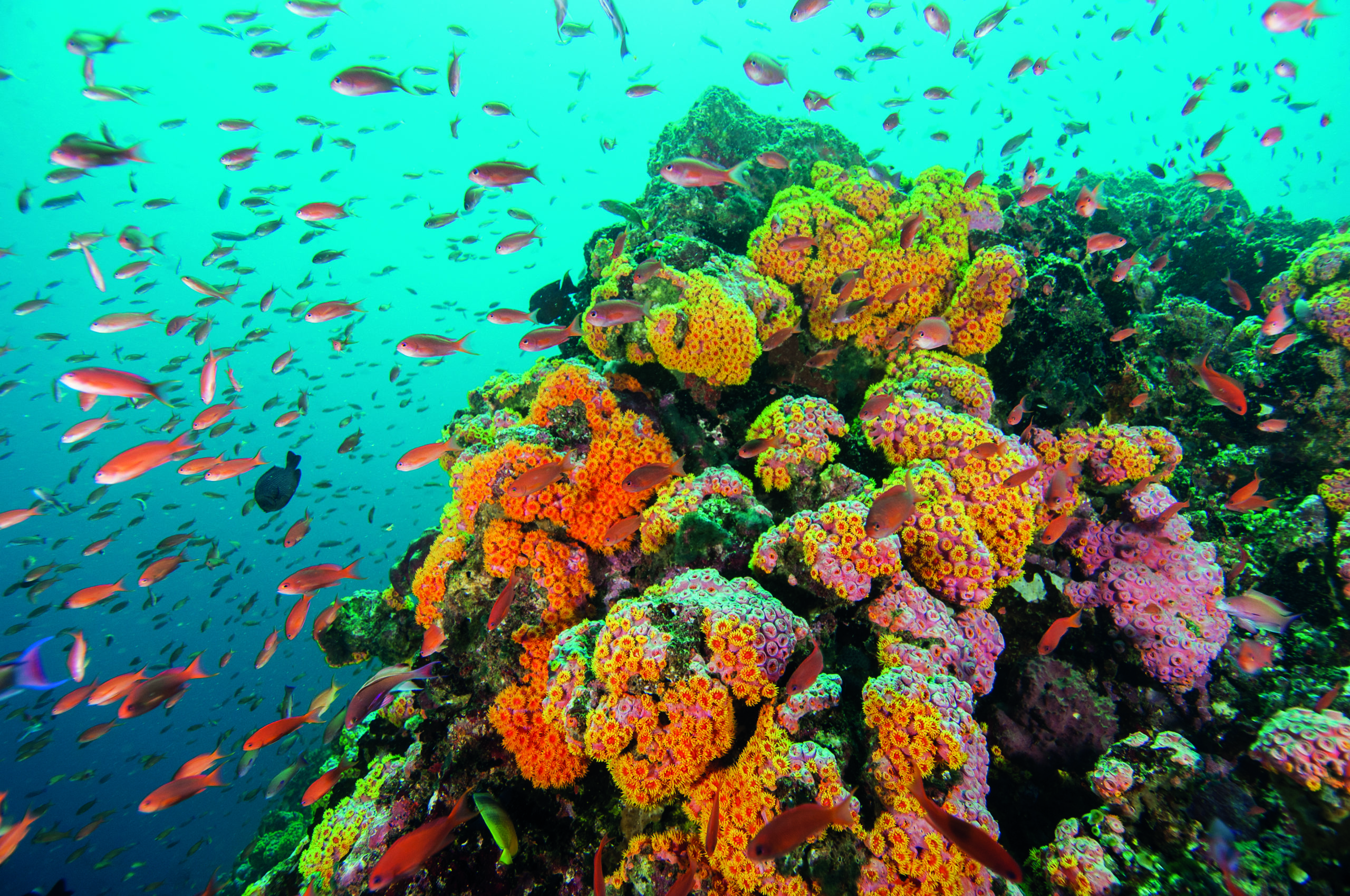
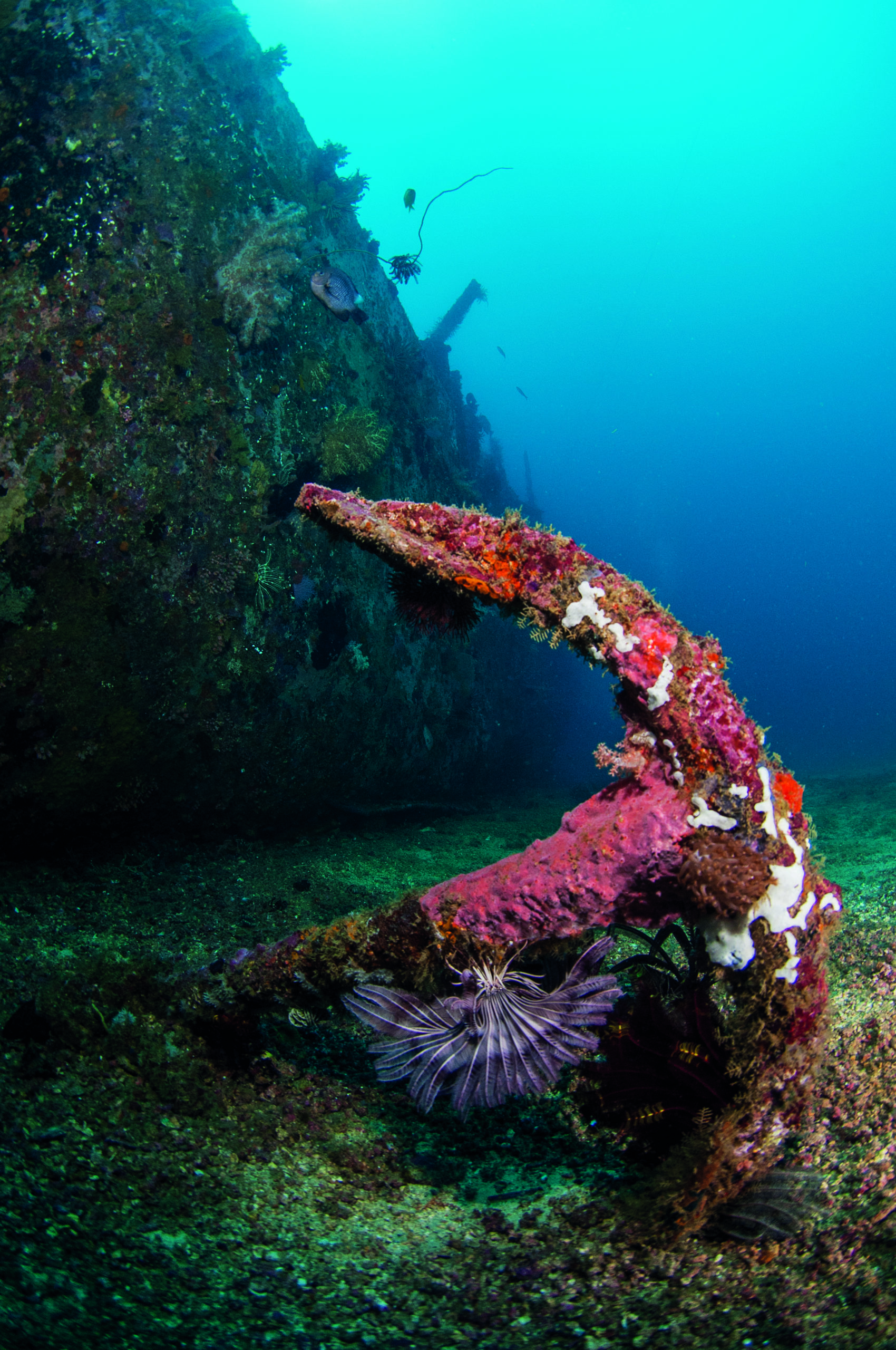
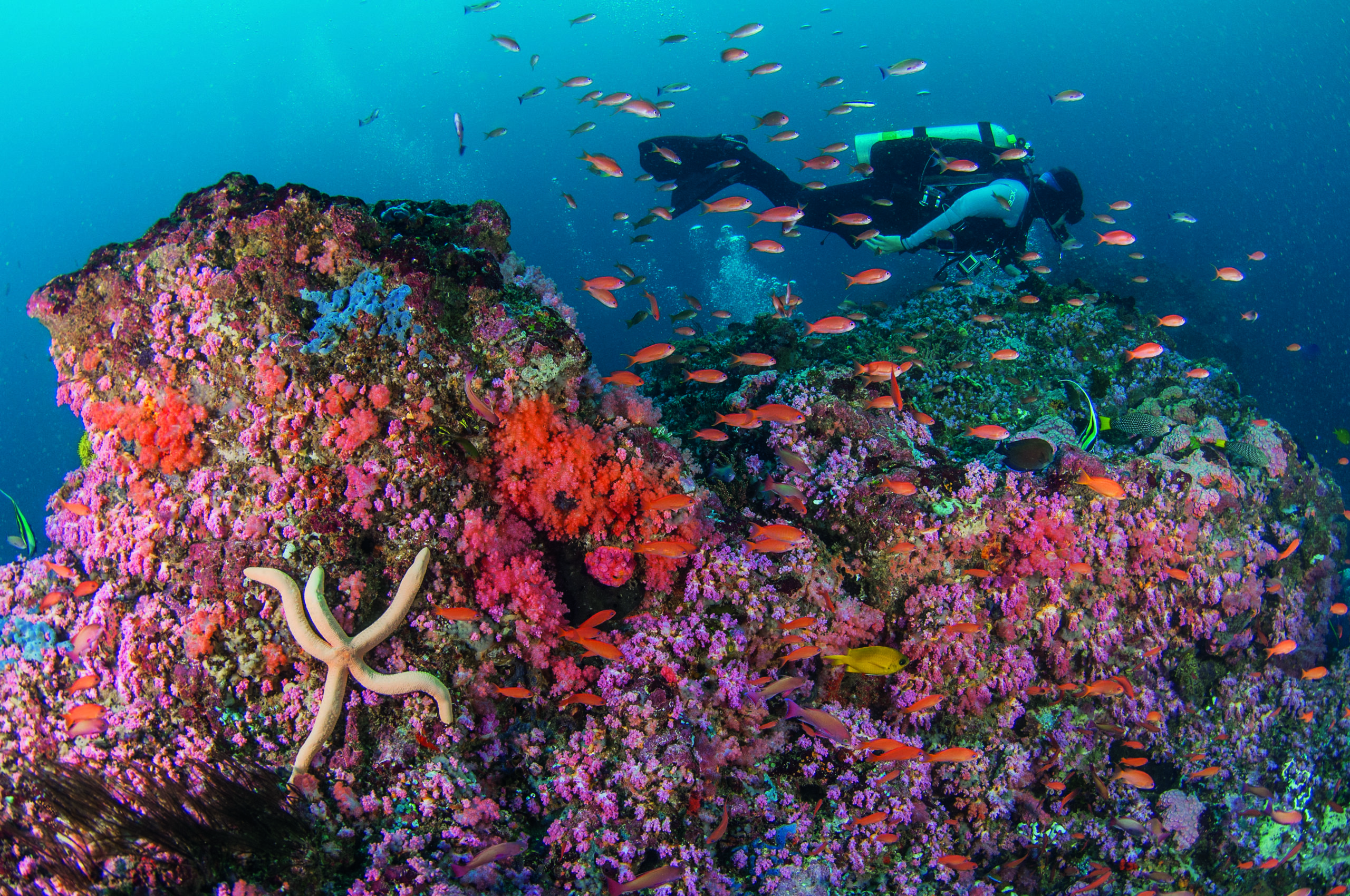
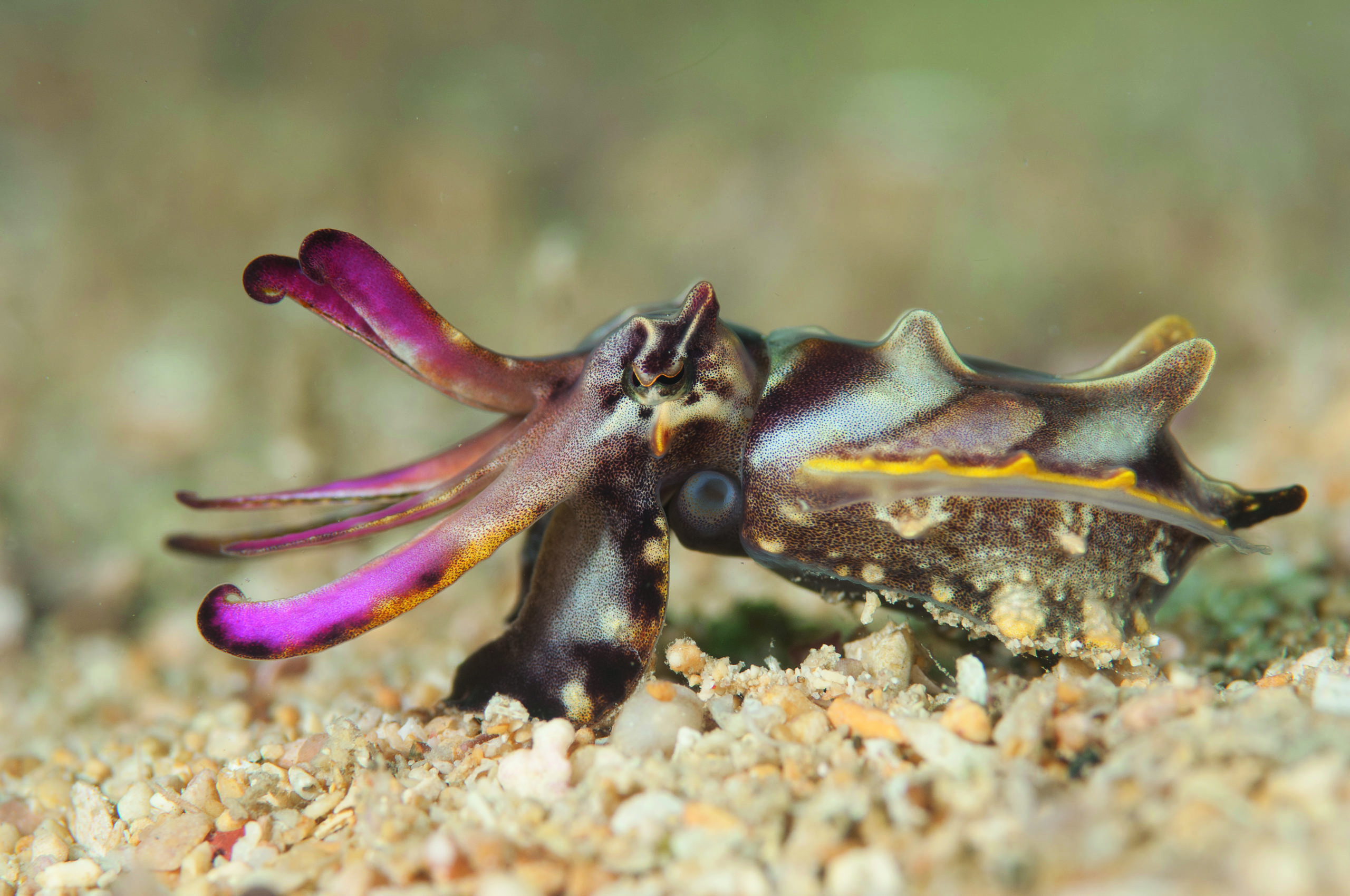
The diving is extremely varied, with spectacular reefs in the Verde Passage, wrecks, muck-dives and everything in between. Verde is a spectacular dive area, where strong currents bring nutrient-rich water to feed clouds of anthias and all manner of magnificent soft and hard corals.
Dives are entirely manageable, however, and local guides consider tides and currents when planning the dive schedule. There are lots of turtles and passing pelagic fishes here too, so it’s worth keeping an eye on the blue.
At the other end of the scale, there is muck-diving here as well. Just around the corner from the resorts is Secret Bay, where rare gurnard lionfish, black hairy frogfish and flamboyant cuttlefish can be found. This white-sand muck-diving makes a nice contrast to the black sand sites at relatively nearby Anilao.
The other side of the headland has a muck-dive of sorts, but with much more of a reef influence. Here, the occasional whip corals have shrimps, xeno crabs and cowries, plus you’re likely to find a pygmy seahorse on a gorgonian if you look closely.
Puerto Galera is a great all-around destination that is easily accessible from Manila and offers a combination of reefs with many of the top critters on any South-east Asia wish-list.
MALAPASCUA, northern Cebu
Malapascua Island, off the northern tip of Cebu Island, has become world-famous as the only site on the planet where thresher sharks can reliably be sighted. The dive to find them involves a very early-morning entry onto a deep reef, where the sharks come each morning to be cleaned.
The best sightings take place while you kneel calmly on a small natural platform at 30m. Even on nitrox, the depth doesn’t allow you to spend a great deal of time waiting for the sharks to arrive.
The three mornings I went I saw the sharks, but the best day was the last, when two sharks gave me quite a close pass. The tails of these animals is something to behold. Scientists had guessed that the function of the ridiculously long tail was to whip and stun schooling fish, because they were so often caught by the tail on long-line hooks. Only recently was their hunting method confirmed on camera.
The top of Monad Shoal, where the threshers go to be cleaned, is around 15m deep, but there are nice sightings of other pelagics there while you slowly ascend. A group of adolescent eagle rays were resident during my visit and would make quite close passes. It’s actually lovely, after an adrenaline-filled descent into the dark waters of dawn, to spend some time watching the reef wake up.
Other than the morning dives in search of threshers, there are plenty of other local sites to keep you occupied for the rest of the diving day. The reefs are interesting and dominated by invertebrates such as soft corals and sponges, rather than hard corals.
We saw unexpected beasts, such as algae octopuses, unusual nudibranchs and, of course, pygmy seahorses. There is plenty to keep you occupied aside from the thresher sharks around Malapascua.
DUMAGUETE, Negros Island
Dumaguete is another great all-around destination but is more biased towards muck-diving than some of the others. The Dauin coast, where Dumaguete is located, runs along the south-east of Negros. The coastline is dotted with resorts and many have their own house reefs. Blacksand slopes are par for the course there.
Some rubble slopes are exceedingly good for octopuses, while one site, Tyres, is well-known for its abundance of frogfish. I have been to Dumaguete several times and each time there has been an abundance of a particular animal. The first time I saw nearly 50 ghost pipefish, then during my next 10-day stay I counted as many frogfish.
There are other interesting indigenous creatures that piqued my interest, too, including the yellow dottyback and rare fairy/flasher wrasse.
Apo Island is a popular day trip from Dumaguete. The island is a marine park and surrounded by rich coral reefs. Among the fields of hard corals, there are the usual coral-reef fish species, plus turtles and some pelagics such as trevallies.
It’s the only place I have ever seen the big-lipped damselfish, which looks like a fish version of Angelina Jolie. Currents can be strong at some sites and visibility is variable. Siquijor Island is another day-trip option with reef walls, should you wish for a distraction from muck-diving.
Some of the resorts in the Dumaguete area are really raising the bar regarding the services they offer. They have brilliant spas with great massages, amazing dining options and various tours and activities. You can even take a yoga course at one.
Well-equipped camera rooms are becoming commonplace, as are excellent guides who really cater to their client’s requests. I was glad to see that the guides were careful not to disturb and manipulate the animals, although it’s always worth mentioning to your guide if you feel they are more hands-on than is good for the critter.
The Philippines has quickly become one of the most popular dive destinations in the world, and for good reason. Whether you enjoy diving for critters or a healthy bustling reef, this is the place for you. Easy international access and flights also help, and the Philippines can be reached relatively cheaply. There is definitely something for everyone there.
Strong stomachs required!: - If you fancy ‘being local’, then try the 21-day balut egg, a street food where you are eating said dish just before the duckling inside is almost ready to hatch.
Ride a kalesa: - The kalesa is a horse-drawn calash that was introduced to the islands by the Spanish in the 18th century, making it one of the oldest modes of transport in the Philippines.
By Dr Richard Smith | www.OceanRealmImages.com
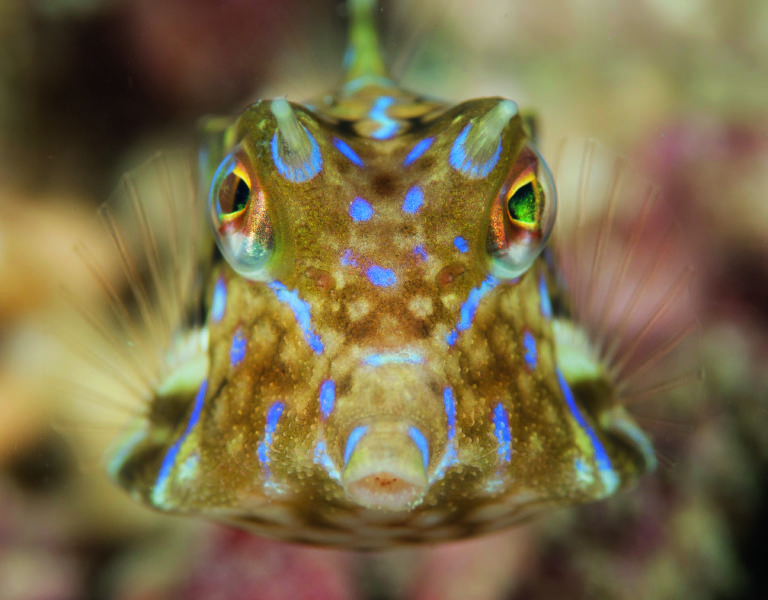
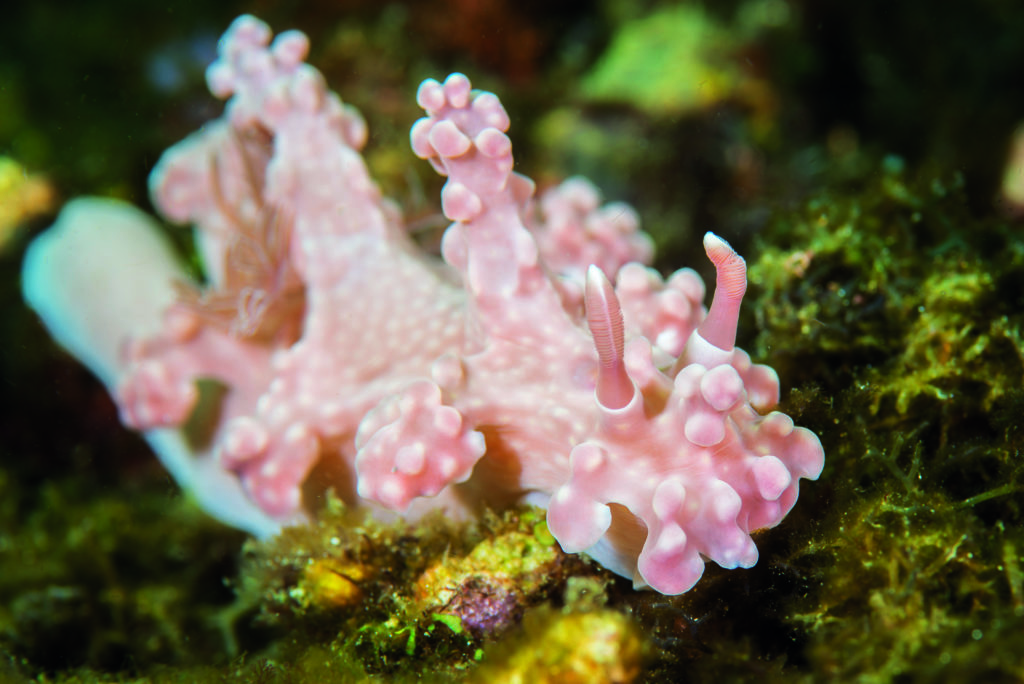

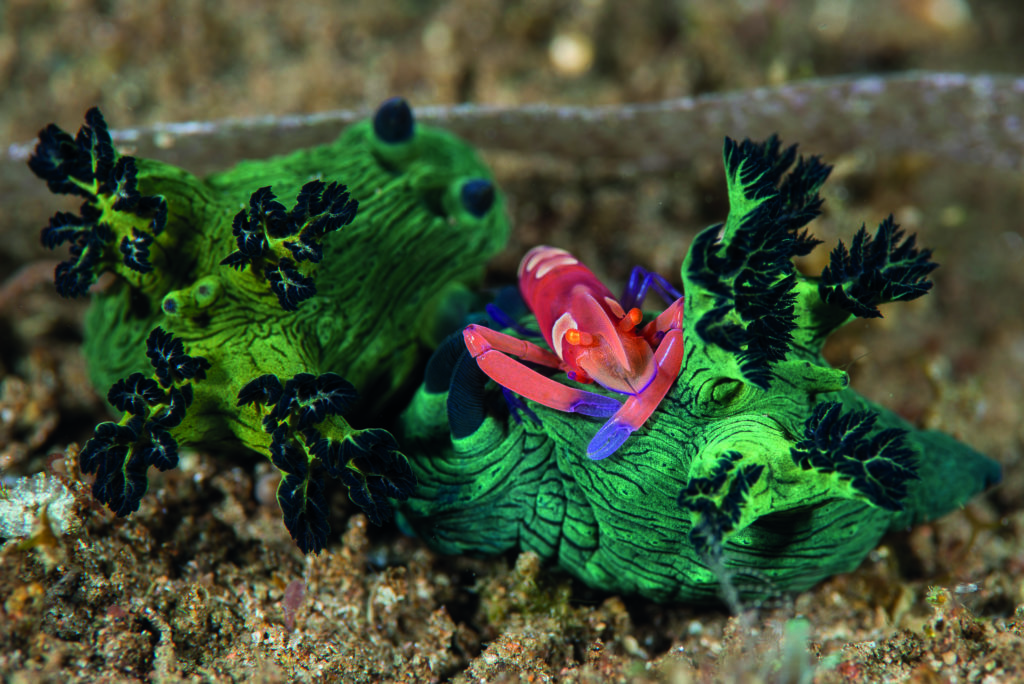

GOOD ONE